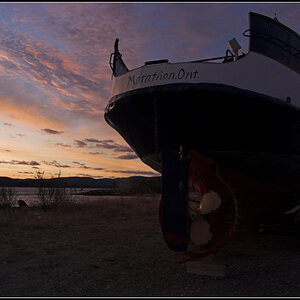Yzerwing
TPF Noob!
- Joined
- Jan 14, 2013
- Messages
- 56
- Reaction score
- 3
- Location
- Sparta, MI
- Can others edit my Photos
- Photos NOT OK to edit
Hi all,
I searched this subject and didn't find a sufficient answer.
I have a friend who wants Senior Portraits taken for winter sports; he is into snowboarding and skiing and such. He wants outdoor photos in his gear with winter, snowy surroundings.
My question is how do I shoot something like this without blowing out all the photos because of all the white snow. I am under the impression that all this white will be blown out. How do I solve this problem. I do have lightroom 5 to correct things with but blown out lighting is still going to be a problem.
Thank you for your insight.
I searched this subject and didn't find a sufficient answer.
I have a friend who wants Senior Portraits taken for winter sports; he is into snowboarding and skiing and such. He wants outdoor photos in his gear with winter, snowy surroundings.
My question is how do I shoot something like this without blowing out all the photos because of all the white snow. I am under the impression that all this white will be blown out. How do I solve this problem. I do have lightroom 5 to correct things with but blown out lighting is still going to be a problem.
Thank you for your insight.


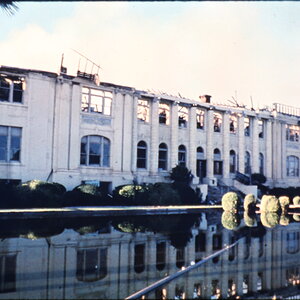


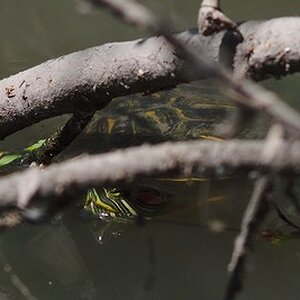

![[No title]](/data/xfmg/thumbnail/39/39480-e4e26ffe5c6148262ac81eff975a5c0e.jpg?1619739047)
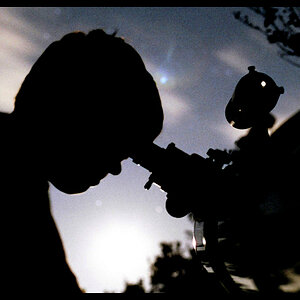
![[No title]](/data/xfmg/thumbnail/31/31744-f06a1a9bb9c74e3b8b332878f5fe71f1.jpg?1619734986)
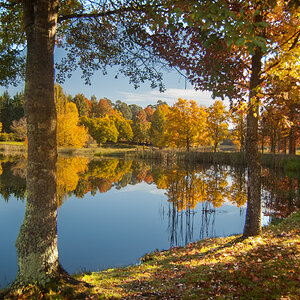
![[No title]](/data/xfmg/thumbnail/42/42267-2fff585000110a96fd9ac3ff09cceb95.jpg?1619740076)
![[No title]](/data/xfmg/thumbnail/31/31093-5a5bf042a168153ccffbce7a66501050.jpg?1619734610)
